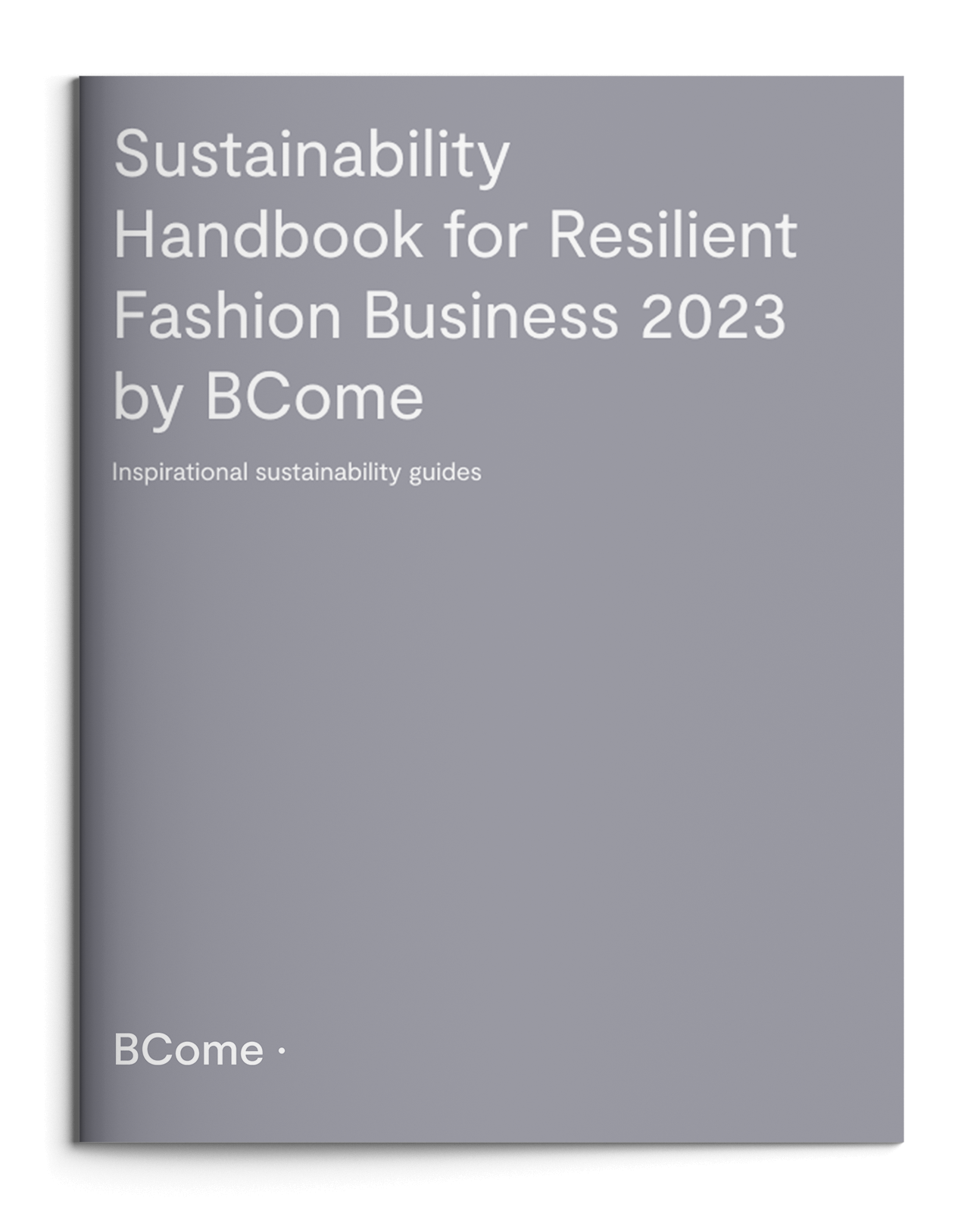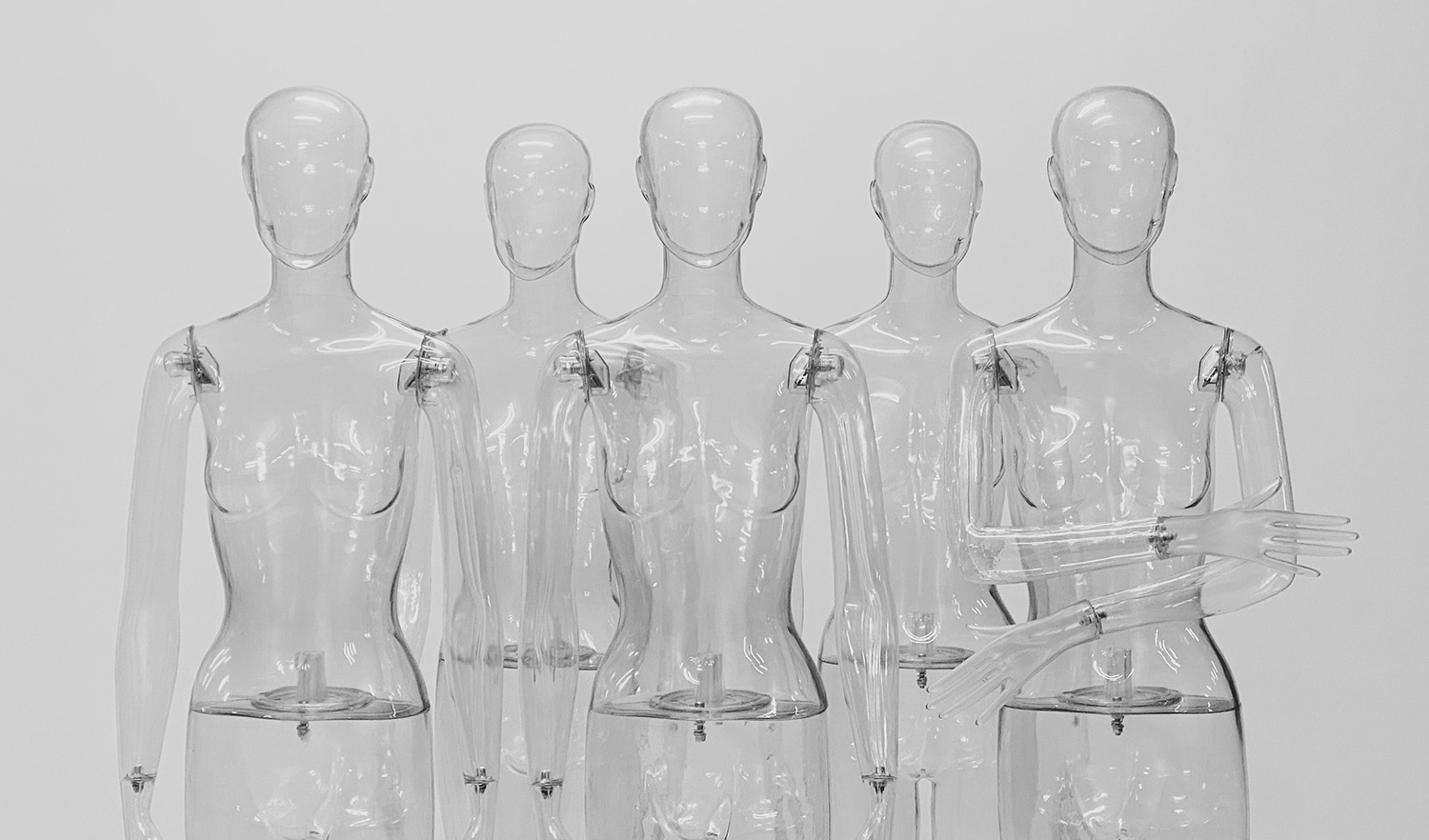One of the most anticipated reports of the year is here. The Business of Fashion and McKinsey once again reveal to us through The State of Fashion 2023 Report what will be the challenges that will shape the fashion industry in the coming year. A tour of the 10 most relevant topics defined by the great leaders of the textile sector. From the creation of new supply models to keep the stability of the industry to the need to comply with emerging regulatory requirements, for yet another year, we have the opportunity to delve into the big issues that will star in the coming months.
The reduction in profits in recent months and the drop in consumer confidence require defining new opportunities that allow fashion businesses to gain resilience and boost their growth over the next year
The seventh issue of the annual report created by BoF and McKinsey is entitled “Resilience in the Face of Uncertainty”, a disclaimer towards the global slowdown that the fashion industry will experience during 2023. The reduction in profits in recent months due to the macroeconomic tensions and the drop in consumer confidence require defining new opportunities that allow fashion businesses to gain resilience and boost their growth over the next year.
According to The State of Fashion report, these will be the 10 key issues that will define the priorities of the textile industry during the next 12 months:
1. Global fragility
The global economy has weakened during 2022 as a result of rising geopolitical tensions. With rising inflation and the rising cost of living, consumers have cut back on goods like clothing and footwear. As a consequence, 72% of fashion businesses plan to guarantee their survival by increasing prices, while 37% maintain the hope of optimizing their cost management over the next year.
Faced with this scenario of economic instability and global uncertainty, companies must act with flexibility to build resilience and chart new paths for profitable growth. Among the proposals, it’s suggested to develop customized pricing strategies that take into account the variations in the purchasing power of consumers. As well as prioritizing profitability over revenue through a more flexible supply approach that allows manufacturers to redefine their costs and meet changes in demand.
“We’re very focused on managing our business better to avoid or minimize the cost increases that we see, whether that’s our sourcing footprint that allows us to move production around the world, or the work we do in terms of logistics”. Joanne Crevoiserat, Chief Executive at Tapestry
Prioritize profitability over revenue through a more flexible supply approach that allows manufacturers to redefine their costs and meet changes in demand
2. Uneven economic growth
Despite the instability spreading globally, the economic recovery will be uneven for each region. Markets in which it was expected to develop growth strategies, such as China, show clear signs of a possible slowdown, so fashion brands will have to readjust their expansion strategies to give priority to the most prosperous regions.
Around 80% of the professionals surveyed believe that the Middle East and the United States will be two of the markets with the greatest growth prospects during 2023.
To establish where to focus investment, it will be necessary to identify which regions continue to drive growth amid economic uncertainty. Without leaving aside the evaluation of geopolitical risks or regulatory limitations.
“Capturing growth in the region [Middle East] will require brands to double down on localization and personalization strategies”. Patrick Chalhoub, CEO at Chalhoub Group
3. Double reality on demand
The increase in the cost of living will also have an uneven impact on the purchasing behavior of consumers. While the public with a higher volume of income will be able to continue spending on fashion, shoppers with lower purchasing power will adjust or reduce their spending on fashion and footwear. However, it’s expected that the latter group will also go looking for bargains, increasing the demand for resale, rental and promotions.
Due to these changes in demand, brands will have to adapt their business model to guarantee customer loyalty and avoid damaging their brand image. For this, it will be essential to explore how to add value through strategic discounts, while incorporating new services that allow consumers with less solvency to keep their accessibility to fashion.
“Brands can maintain a healthy outlet channel business if they keep the consumer at the front of what they do, and they’re not just competing on price”. Joanne Crevoiserat, Chief Executive at Tapestry
4. The rise of fluid fashion
The gender expression of the youngest towards a more fluid model is also being reflected in the fashion industry. Gen Z is driving many brands to blur the barriers between their men’s and women’s collections to offer garments without gender identity.
Introducing this type of more neutral collections will require a global rethinking of brands, from product design to marketing. Businesses that wish to enter this market must promote diversity in their teams, incorporating professionals who can understand and enhance the speech.
“Our generation has dismantled the idea that gender is a male and female binary, I think clothing is just one area that’s inevitably going to be touched because it’s [essential to our every day] and [shopping] is still mostly a gendered experience at this point”. Nate Jones, Head of Talent at Juv Consulting
5. The reinvention of formalwear
After the decline caused by the pandemic, the formalwear category has maintained its recovery during 2022. This momentum is expected to continue during 2023, however, given the situation of economic instability, it’s likely that alternatives such as garment rental will be promoted for events.
Bearing in mind that it’s a growing category but not essential for consumers’ daily lives, brands that offer this type of product must create hybrid designs that allow it to be used on different occasions.
“People want to dress up after the pandemic. It’s a clear trend that they want to dress up in a smart casual way, but they don’t want to wear something that is not comfortable anymore”. Daniel Grieder, Chief Executive at Hugo Boss
6. The Direct-to-Consumer model in the spotlight
The growth of e-commerce motivated by the pandemic was accompanied by the adoption of channels that had a direct impact on the consumer. However, the profitability of the DTC model is declining as marketing costs increase along with return rates for online purchases.
In order to guarantee the performance of this sales model, it is recommended to reserve the DTC channels for the highest value customers, promoting a multichannel approach to drive growth. Physical stores are once again gaining value as a place to establish an emotional connection with buyers.
“Some brands capitalized on a moment in time when there was a certain economic situation that made the ability to build brands quite quickly online. Others are inherently anchored to long-term visions and purpose, and they’re broader than the channel strategy”. Tim Brown Co-Founder and Co-Chief Executive at Allbirds
7. Tackling greenwashing
The rise in accusations of greenwashing has meant that fashion brands not only have to make an effort to deal with their environmental impact, but also have to show that they are indeed making significant changes. Businesses have to be careful not to indulge in unintentional greenwashing that damages their corporate reputation and generates possible legal consequences.
Invest in technologies that, beyond allowing the collection of rigorous data to support sustainability claims, also ease the communication of this information with all stakeholders in a transparent way
In order to guarantee honesty in brand speech, the context calls for investing in technologies that, beyond allowing the collection of rigorous data to support sustainability claims, also ease the communication of this information with all stakeholders in a transparent way.
A direct solution to this need is the sustainability data integration offered by BCome. Either through the product description on the website or by simply scanning a QR code on our smart labels, the customer can easily access the item’s sustainability insights.
“We need to upgrade the way we do things. We need to upgrade not just us, but also our partners to make sure that what we do and what we communicate are really reality”. Anne-Laure Descours, Chief Sourcing Officer at Puma
8. Future-proof manufacturing
Everything indicates that the interruptions in the supply chain will continue to affect the growth of the global economy during 2023. Around 65% of the professionals interviewed say they are considering nearshoring through new manufacturing centers dedicated to satisfying the demand of the United States and Europe. Other strategies such as vertical integration or small batch production would also allow brands to respond more quickly to changes in market demand.
Investment in digitization is seen as an opportunity to reduce costs by focusing on end-to-end tools that facilitate automation and data collection. On the other hand, strategic collaboration between brands and suppliers will be essential so that these investments can have a long-term positive impact on the supply chain.
At BCome we work on the transversal collection of information throughout the supply chain to provide transparency to each of its stages and take control over the impact of the entire value chain.
“Having the supply chain located very close to you and probably having a greater deal of influence over it certainly helps us to read and react and respond to customer requests that much faster”. Suren Fernando, Group Chief Executive at MAS Holdings
9. Digital marketing renewed
During 2022, fashion brands invested more than triple in digital marketing than in 2013 to gain a customer. This increase in cost is due to changes in privacy regulations and technological updates, which have reduced the effectiveness and increased the cost of digital marketing campaigns.
Faced with this increased cost, businesses will have to compensate for the low return on investment in digital marketing through content marketing, collaborations with influencers or promotion in retail media networks.
“Marketers are going to have to learn this new playbook, where attention is more earned than bought”. Brian Trunzo, Metaverse Lead at Polygon Studios
10. Reformulation of the organization
Talent within fashion companies is once again one of the highlights in this year’s report. The implementation of successful strategies during 2023 will depend to a large extent on the team destined to execute them. It’s essential to attract and retain professionals with the best qualities to carry out essential tasks such as sustainability and digital acceleration.
According to McKinsey research, training generates a two to three times higher return on investment than recruiting, which encourages investment in educating existing teams to increase their skills. However, the organization of the business model requires reformulation to adapt to changes in the industry.
“HR is no longer a backroom department, it’s a vital part of running any successful business”. Leena Nair, Global Chief Executive Officer at Chanel
The State of Fashion 2023 Report leaves us as its main lesson the need to rethink the processes implemented by the fashion industry to gain resilience and enhance growth opportunities. It is time to update the business model to respond more effectively to uncertainty. At BCome we provide you with the tools you need to face these challenges through innovation, efficiency and flexibility. We are your support on this journey towards sustainability, shall we talk?









